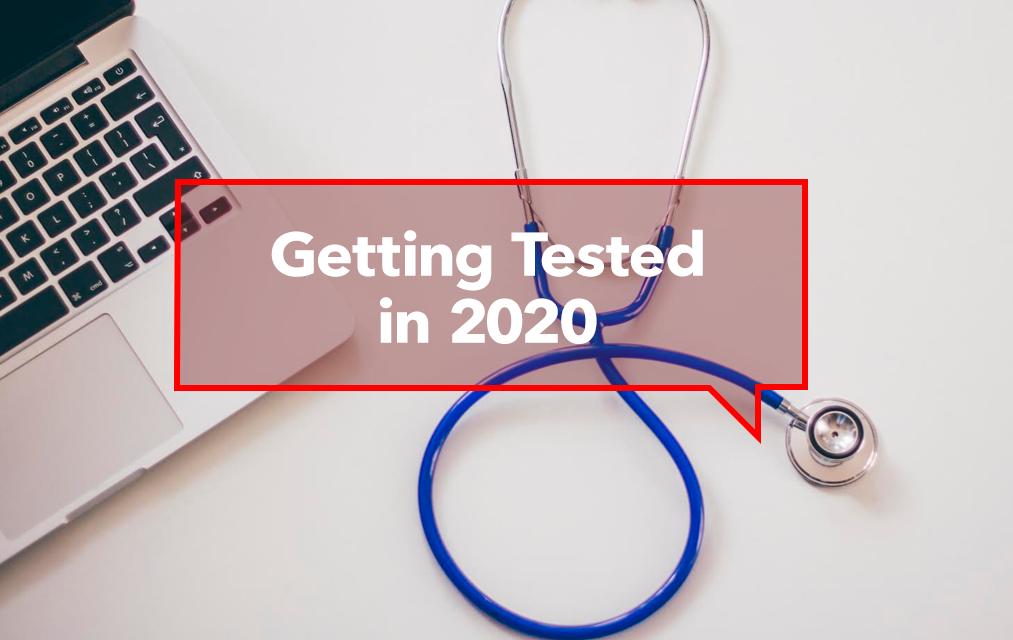Getting Tested in 2020

HIV and STD testing is something that’s often recommended to just about anyone engaging in sexual activity, especially those in high-risk categories like gay/bisexual men, those who have multiple partners, and those that do not use condoms.
However, while you may have a lot of resources telling you to get tested, what may be less clear is how you go about actually getting tested. Here’s a starter resource on putting together an HIV/STD testing schedule, as well as where you can go for this testing and some facts about certain diseases on these tests. With approximately 20 million new STD infections each year, this is knowledge any sexually-active person can benefit from.
Timing For HIV/STD Testing
Exactly how and when you need to get tested, and what conditions you should check for, is going to vary a lot based on your habits. However, as a rule of thumb, wherever you go for testing, you should check for some of the more common STDs, like chlamydia and gonorrhea. It’s also a good idea to disclose any specific STD symptoms you may be experiencing to your doctor or the staff at the testing center. However, they may still recommend a broad test, as there can be a lot of overlap between certain diseases for certain symptoms.
Along with this, the CDC also offers specific recommendations for certain groups. For example, any adult or adolescent between the ages of 13 to 64 should have an HIV test at least once. You should continue to keep this as a part of your routine if you regularly have behaviors that put you at risk, like unsafe sex or sharing needles.
Sexually active adults should get tested at least once every 3 to 12 months, depending on how often they have sex. In addition, they should have one annual screening for syphilis, chlamydia, and gonorrhea. Pregnant women should also get tested for the following throughout their pregnancy.
- HIV
- Syphilis
- Chlamydia
- Hepatitis B
- Gonorrhea
Where To Go For Testing
One thing that should never hold you back from getting HIV or STD testing is not knowing where to do it. There are a wide variety of different resources, including some that are friendly for those with little money or, likewise, need discretion.
Some of the options include visiting your primary doctor or specialists, like gynecologists. You can also use resources like university health centers, health clinics, or centers like Planned Parenthood. STD/HIV testing is generally in its greater suite of services. There are also independent STD testing laboratories, as well as at-home kits you can buy online.
For those with financial issues, testing and counseling for STDs can be covered by most plans at no added cost under the Affordable Care Act. Those without insurance can go to clinics that offer free or reduced-cost testing. The CDC has a directory of options. If you are unable to use any of these free resources, you can expect a range of $200 to $350, depending on how many conditions you are testing for.
Timelines For Tests
One final important point—even for people who are coming off of a relationship/sexual encounter and haven’t had sex since testing may still be a good idea. This is because certain conditions can take a long time to show up on a test. So, even if you ended a relationship, got tested, and came back clean, a condition still may show up further down the road. Here’s a quick look at some diseases and how long, on average, they take to show up on specific tests.
Gonorrhea: 2 weeks
Chlamydia: 2 weeks
Syphilis: 1 week to 3 months
Hepatitis B: 6 weeks to 3 months
Hepatitis C: 6 weeks to 3 months
HIV: 6 weeks to 3 months

Whether you suspect that you have a condition or not, testing for STDs/HIV is an essential task to you should make a habit if you are sexually active. This is nothing to be embarrassed about. It’s just taking the time to make sure that you are safe in all circumstances. To push this even further, you want to make sure that you are following safe practices with your sexual behavior to limit the risk of catching any diseases. Be sure to follow our blog/content for more information and resources on getting tested.

